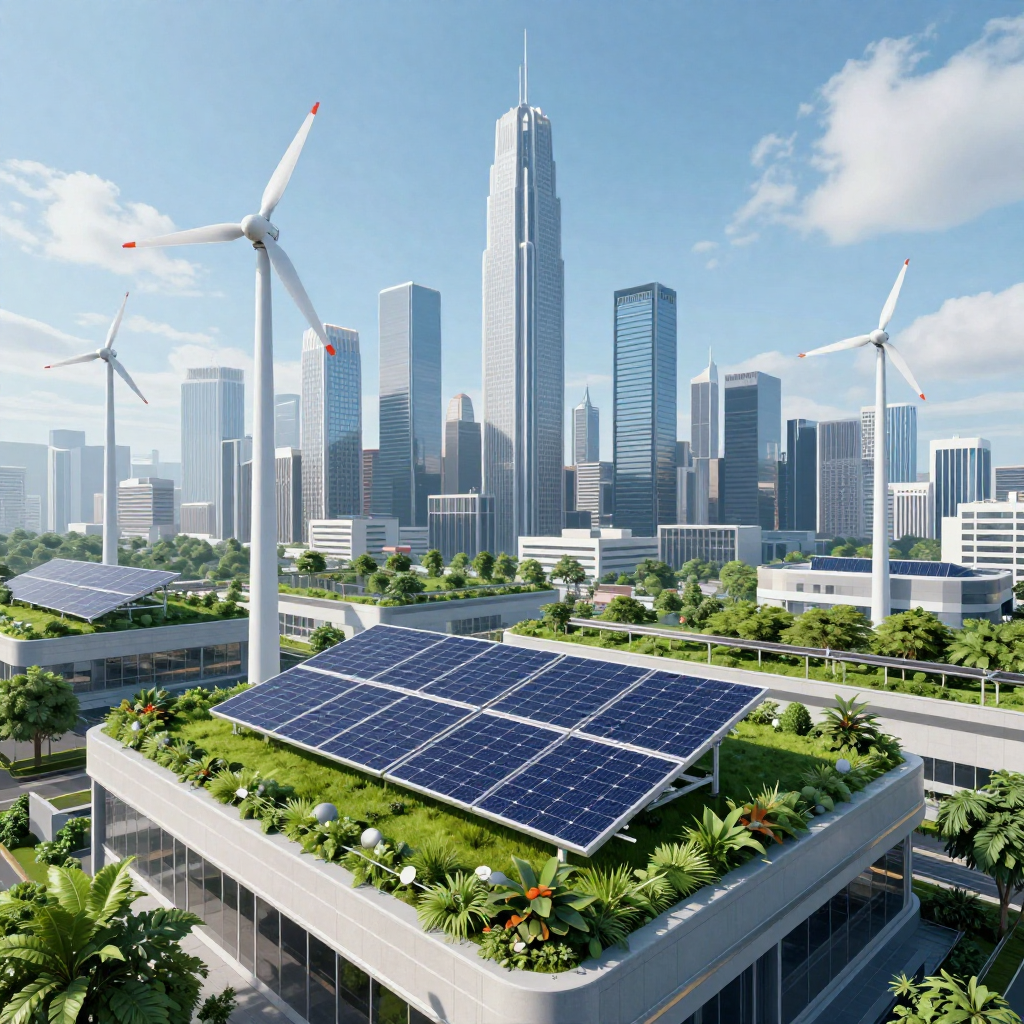The stage is set for the National Stock Exchange of India to shine, emerging as a premier trading hub fueled by optimism surrounding India's economic future. With a robust market capitalization of $3.7tn in October, India aims for the seventh global spot, surpassing Hong Kong's $3.9tn.
India's stock prices rise on strong earnings and growth forecasts, while Hong Kong's Hang Seng index declines 6.7% amid liquidity troubles.
Over the past decade, India and China danced in tandem, but in the last three years, they've diverged. India's indices rise while China's decline. What's drawing attention? India's consumption appetite, increased spending on real estate and luxury goods, and government commitment to infrastructure.
India's economic prowess shines with a 6.3% growth rate this year, surpassing China. The "China plus one" strategy benefits India, with Apple sourcing iPhone 16 batteries from Indian factories, and Tesla considering an Indian electric car haven.
The crescendo in Indian stock prices is fueled by domestic and foreign investments. Narendra Modi's political victories assure stability, while Indian companies' debt reduction efforts and successes like Tata Technologies' IPO contribute to positive sentiment.
Foreign investors now embrace Indian equities. China's stumble in emerging equities leaves fewer options, making India an investment favorite. The spotlight is on India, captivating the audience with economic prowess and a promising future.
The ascent of the National Stock Exchange of India as a premier trading hub is not just a numerical feat but a testament to India's resilience and strategic positioning in the global economic arena.
Behind the soaring stock prices lies a narrative of economic resilience and foresight. India's stock surge, fueled by strong earnings and growth forecasts, stands in stark contrast to Hong Kong's Hang Seng index, which grapples with a 6.7% decline amid liquidity concerns.
The divergence in the trajectories of India and China over the last three years reflects more than just market dynamics. India's upward indices mirror a robust appetite for consumption, heightened spending on real estate and luxury goods, and a dedicated government commitment to infrastructure development.
India's economic prowess, boasting a 6.3% growth rate this year, outpacing even China, is not merely a statistical triumph but an embodiment of sustained momentum. The "China plus one" strategy is not just a buzzword; it's a tangible advantage, with Apple strategically turning to Indian factories for iPhone 16 batteries and Tesla contemplating establishing an Indian electric car haven.
Foreign investors are not just bystanders but active participants, embracing Indian equities. China's stumble in emerging equities is not merely a blip; it's redirecting attention to India as a favored investment destination. The spotlight, therefore, is not just on India's numerical achievement but on the strategic foresight, economic resilience, and promising future that capture the imagination of global investors.




